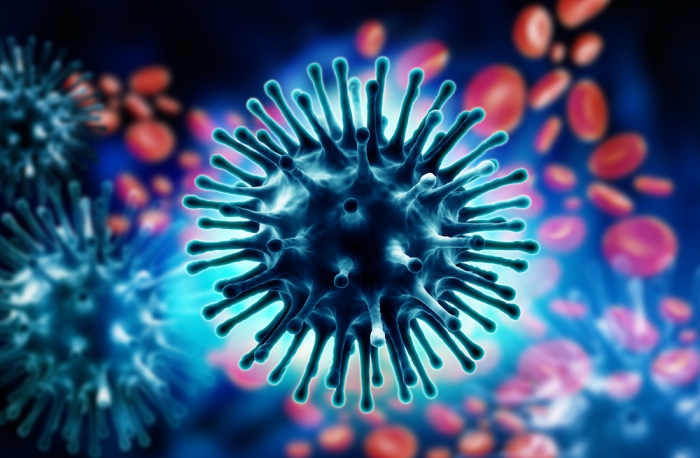As January comes to a close, the seasonal flu once again runs rampant across campus. The Centers for Disease Control and Prevention (CDC) under the U.S Department of Health and Human Services has deemed the 2017-2018 flu season as the worst in almost a decade. In North America, flu season typically occurs between the months of October and May, peaking in January or February. In Canada alone, this season has seen 24,749 positive cases and 110 deaths confirmed as of Jan. 20, according to the Canadian FluWatch report.
The viruses currently circulating include the Influenza A strains H3N2 and H1N1 and two lineages of influenza B strains, B/Yamagata and B/Victoria. A and B strains differ based on the hosts that they infect, with A strains infecting both humans and animals and B strains only affecting humans. H3N2, the most dangerous strain in circulation, is notorious for the severity of its symptoms and is responsible for the high death toll of this year’s flu season. According to Maziar Divangahi, assistant professor of Medicine at McGill, the reason behind H3N2’s severity lies in its origins. Zoonotic viruses—those transmitted from animals to humans—are initially more dangerous, and gradually become less severe after passing through the human population.
“This is kind of an evolution, and any virus that suddenly comes from animals [and can be transmitted] to humans is very pathogenic,” Divangahi told The McGill Tribune. “But if it gets passed on and on to the humans, then it becomes a seasonal flu [….] If you want to predict the severity [of each coming flu season] you have to look at this cycle, how [it] could continue, and [how it] could be prevented.”
Observing these cycles and the prevalence of different influenza strains around the world is crucial to the development of vaccines, which are typically cultivated in chicken eggs. Influenza vaccines introduce weakened strains to the body, allowing a person’s immune system to create antibodies that, in the event of exposure to the real disease, combat infection.
Despite the fact that H3N2 is included in each year’s flu vaccine, its mutation rate is very high. As a result, wild viruses differ greatly from the ones grown in labs that are used to make vaccines.
“H3N2 doesn’t grow very well in chicken eggs, […] so when you have a season of flu by H3N2, your vaccine is not very protective,” Divangahi said.
According to the CDC, the current vaccine for H3N2 viruses is only 33 per cent effective, while vaccines for influenza B viruses are effective 54 per cent of the time. Mutations within the H3N2 strain also alter its protein structure, making the virus more harmful. Under normal circumstances, the human body traps flu viruses in the upper airway—but H3N2 has developed the ability to penetrate the lungs, which causes an extreme reaction to the virus from the immune system.
“When people get really sick it’s not because of the virus, it’s because of your [dysregulated] immune response,” Divangahi said. “You’re not supposed to have the virus deep in your lungs, and [this causes] the immune response to go nuts. It says, ‘Well, what’s going on here.’ […] We need to find out the timing and the regulatory mechanism that could shut that down.”
As the race to develop an effective vaccine continues, Divangahi’s lab is looking into developing drugs that suppress the immune system’s intense reaction to infectious diseases such as influenza and tuberculosis.
“A vaccine for influenza definitely is the ultimate goal, but we still need more time to generate an effective vaccine for every single strain of the virus,” Divangahi said. “[Until then], can we find a targeted therapy to regulate these immune pathologies?”
And, more importantly, can we find it before it’s too late?









